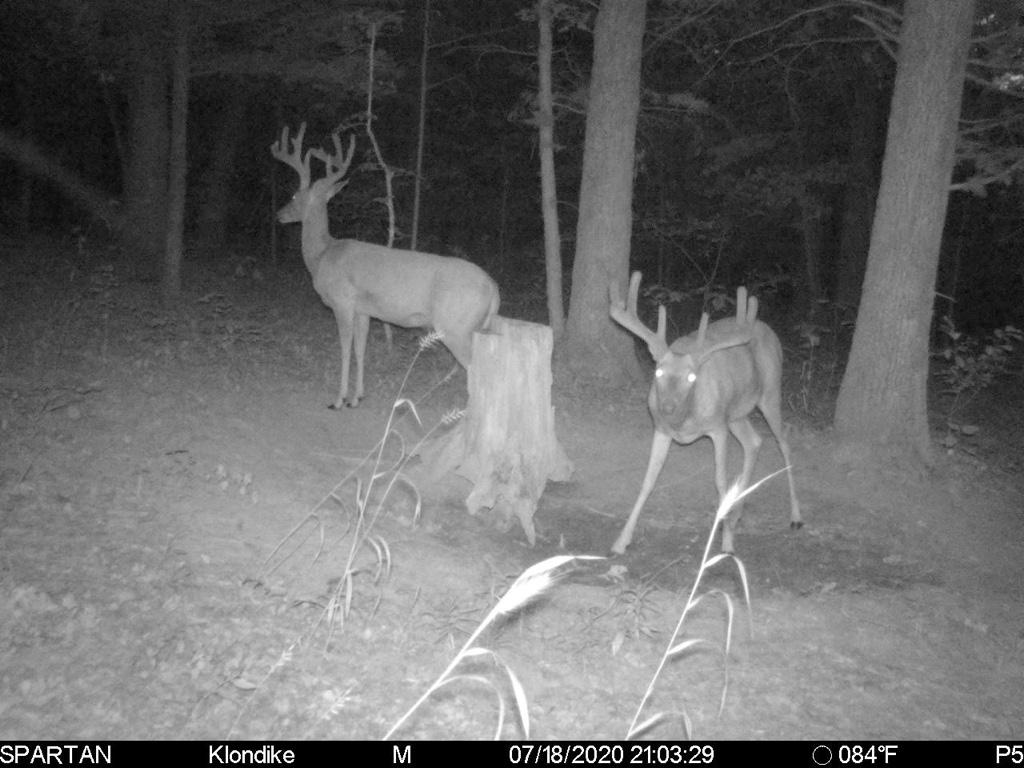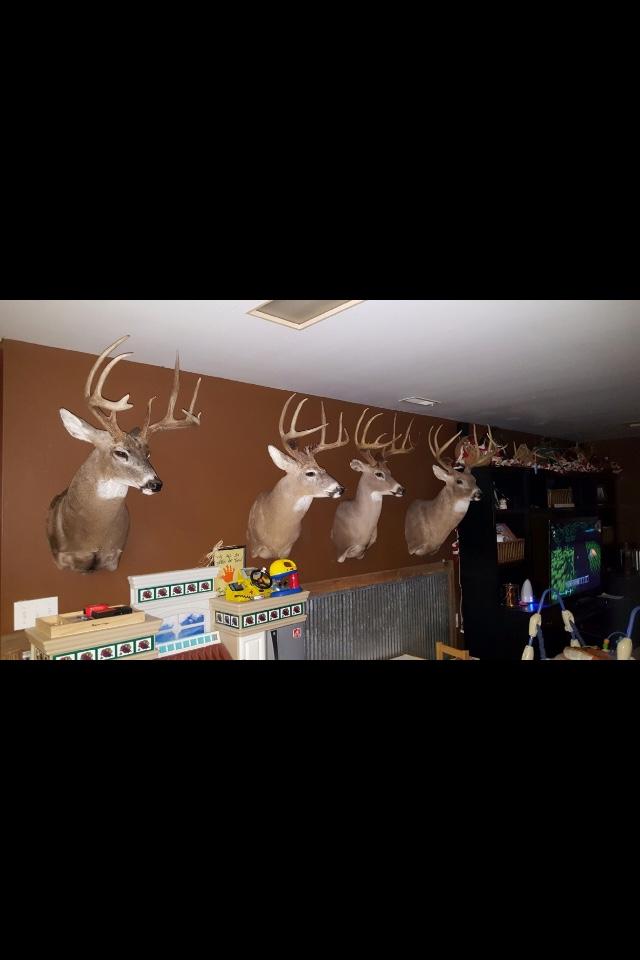You need to understand the antenna pattern of whatever antennas you are using. I'm using a high gain yagi on my base, but it is at the south west corner of our property and all of the cameras are in the beamwidth of the primary lobe. For applications where cameras are in different directions, the best you can do at the base is a high gain omni. You can buy those up to about 8db versus 13 or 14 for a yagi. Then, put your high gain yagi antennas on the cameras and point them at the base.
Cuddelink uses the same frequency range. What you consider heavy cover may not be the kind of stuff that attenuates the signal. From reading the Cuddelink thread, that is a very good distance for most users. I don't see many folks reporting a transmission distance any further than that. A heavy environment is one that contains a lot of water. Thick pine tops are the worst I've seen. I'm on a pine farm and with my high end system, my longest real-world transmission distance is about twice that. That is using high gain elevated antennas mounted high to reduce the amount of pines I'm going through. It is not how much cover you home base or remote camera is in. It is the total amount of attenuation across the signal path between the two.
One reason cell cams work is that they are transmitting at a different frequency, but that cell towers are very high. So, a camera in heavy cover only needs to transmit through 30' or so to get through the understory and then have a clean path to the tower. That is different than when both ends are terrestrial transmitting generally horizontally.
If you read through the cuddelink thread, you will see lots of issues folks are having. Most companies use the public as beta users and let them pay for the privilege. Covert is new to the market so I would expect a host of issues. RF transmission at these frequencies is not easy.
Thanks,
Jack



